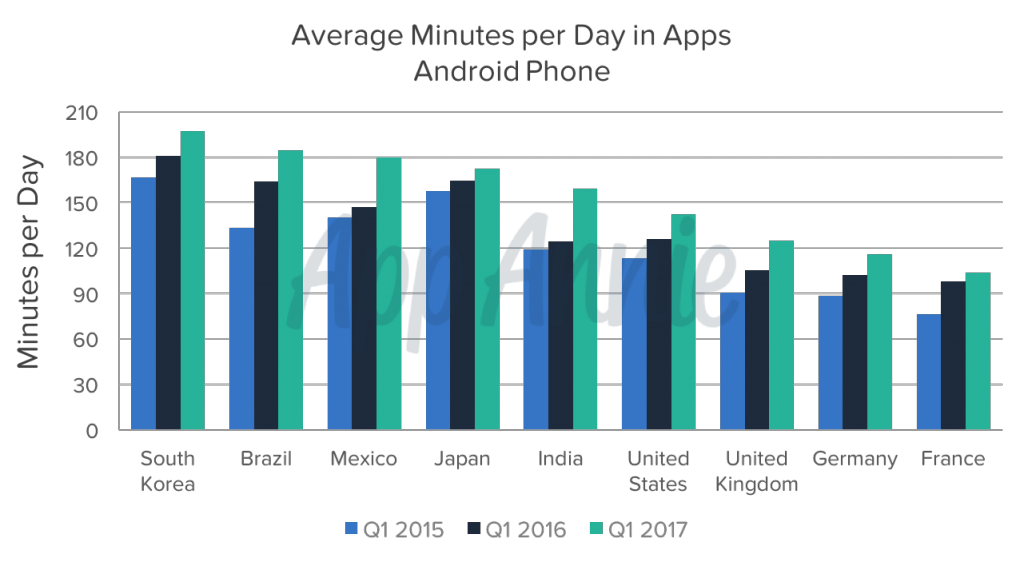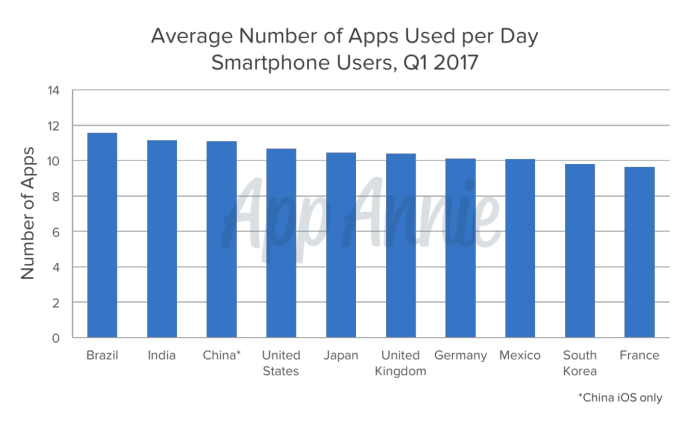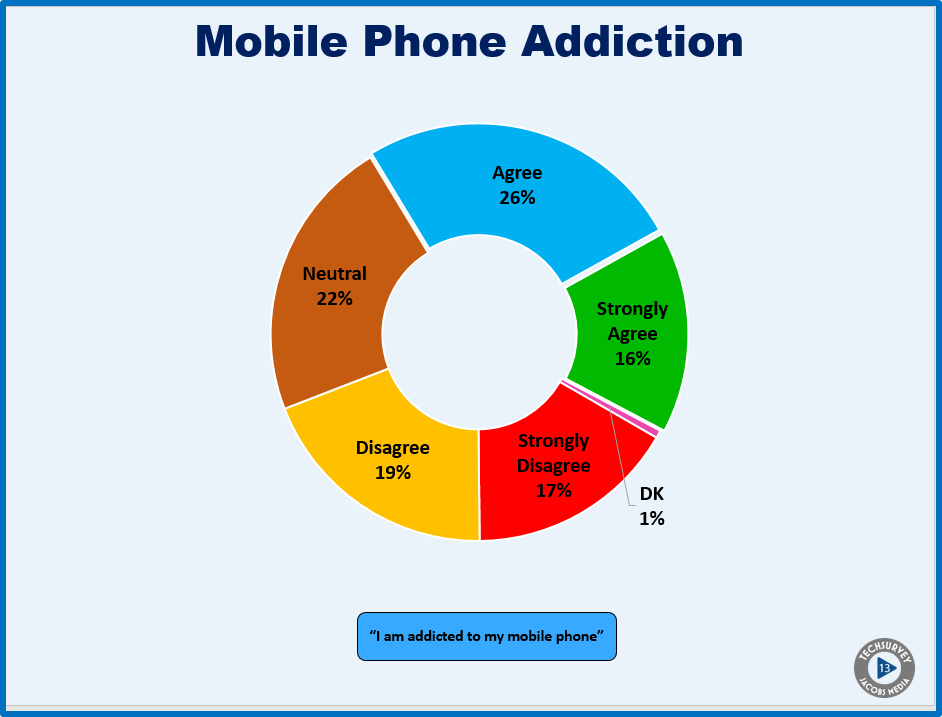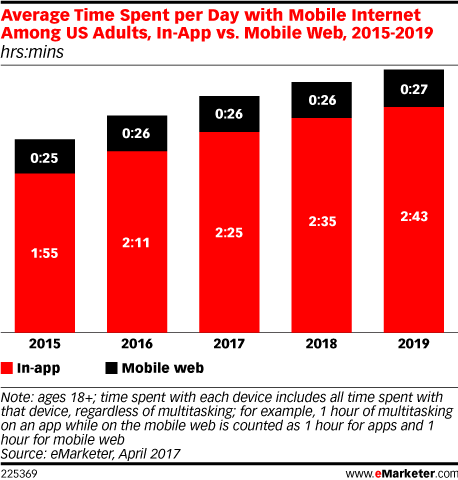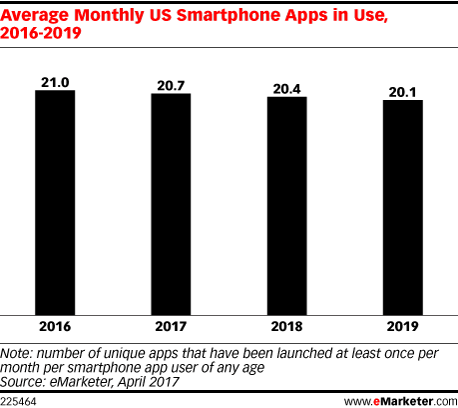By: Vinson Kattoula
With the 2017 MLB season in full swing (no pun intended), we thought it would be fun to share our choices for the best apps to help you keep track of everything, from stats to the best seats in the stadium, all season long.
Here are 9 mobile apps you should be using this baseball season:
- MLB.com At Bat
As the official app of Major League Baseball, MLB.com At Bat offer users a great way to keep track of breaking news, scores, player and team stats, schedules, trade rumors, and much more. The app offers two subscription options, monthly and yearly, for its extensive premium features, covering MLB games from Opening Day to the World Series.
MLB.com At Bat can be downloaded for free on Android and iOS.
- MLB.com Ballpark
The MLB.com Ballpark app is the official mobile companion for visiting any MLB ballpark. You can access guides to all the MLB ballparks including concession maps, driving directions, and fan services plus mobile food ordering and experience upgrades at select ballparks.
Additionally, the app lets you create a personalized game journal including a history of all the games you attended, your game photos, team stats from your visits and access to the best game highlights.
MLB.com Ballpark is available for free on Android and iOS.
- TeamSnap
This is the perfect app for keeping track of the company softball team, or your kid’s little league. Primarily a communication device it helps you keep track of practice and game schedules, as well as who can make it and who can’t. You can also send messages and share photos from the games.
The TeamSnap app can be downloaded for free on Android and iOS.
- iScore Baseball/Softball
This mobile app allows coaches, parents, and fans alike to keep a detailed record of the progress of the game. Using the app, you can score youth baseball/softball, high school games, college games, and, of course, professional games. It’s a great tool for serious baseball enthusiasts who want to follow along the game and keep their own set of stats.
iScore Baseball/Softball can be downloaded for free on Android and iOS.
- MLB Perfect Inning 16
This mobile game lets you build your own all-star baseball team and make a run for the World Series. As you progress through the season, you earn points which can be spent on buying new players or upgrading your existing lineup. Players can engage in Season Mode, or play through the season’s daily matchups using the MLB Today mode.
MLB Perfect Inning 16 is available for free on Android and iOS.
- Sports Alerts – MLB Edition
Sports Alerts focuses on getting users LIVE, FAST scores and stats on their phone, tablet, or wearable. The main concentration is more on the numbers of baseball rather than the news which makes it excellent for those who just want to see what’s happening in the game. The app uses real push technology with no background services running for faster alerts with no wasted bandwidth or battery life, and all your received alerts are saved in your alert history in case you miss any.
Sports Alerts – MLB Edition can be downloaded for free on Android.
- MLB.com Beat the Streak
Your goal is to break baseball’s toughest record – the legendary 56-game hitting streak. Pick one or two players who you think will get a hit each day, make correct picks for 57 straight games, and the grand prize of $5,600,000 could be yours. The game is free and takes only 15 seconds a day to play.
MLB.com Beat the Streak is available for free on Android and iOS.
- ESPN Fantasy Sports
Casual and die-hard fantasy baseball players will both enjoy ESPN’s fantasy platform on their mobile app. The app makes it easy for users to set rosters, browse the free agency, make trades, manage multiple teams, follow stats, review scores, and post messages to their league. It also offers players fantasy football, basketball, and hockey leagues during their respective seasons.
ESPN Fantasy Sports can be downloaded for free on Android and iOS.
- MiLB First Pitch
As the official mobile app for Minor League Baseball, users can use the app to get live updates for every game and complete stats, schedules, standings, and news for all 160 clubs. They can also search for their favorite team(s) by level and by MLB affiliate. The app offers push notifications for game alerts, home game reminders, and breaking news.
MiLB First Pitch is available for free on Android and iOS.
In addition to these apps, there’s also individual team apps that provides users with updates centered around their favorite team. Popular features include a team schedule, scores, stats, player news, and team updates. They usually don’t have as many features as a full-fledged MLB app, but they’re great for fans who like to keep a closer eye on their favorite team.
As always, we’ve love to talk mobile with you. Click here to set up a conversation about your brand’s mobile strategy. You can also give us a call at 248-353-9030 or shoot us an email.
P.S. Go Tigers!
